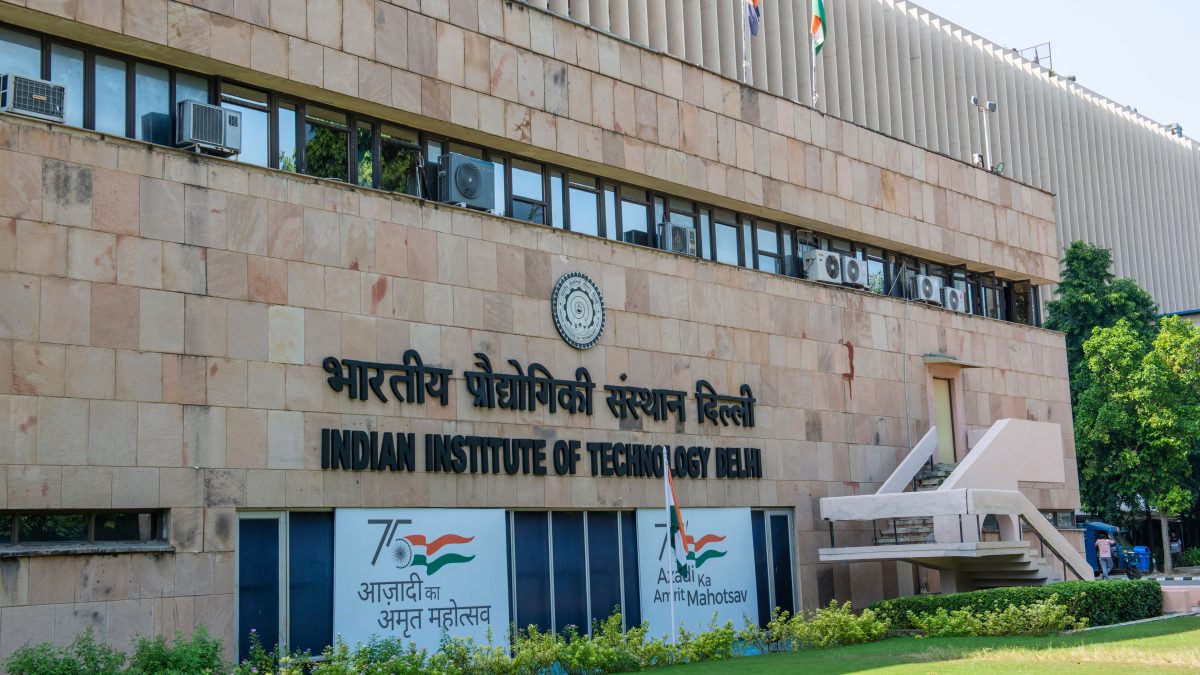As US President Donald Trump intensifies his tough stance on international students, experts say India has a unique opportunity to position itself as a global education hub—though it faces stiff competition from China.
According to The Economist, India is home to nearly half of the world’s college-age population. Its top universities are improving and gaining recognition, even as the country struggles with low public spending on education and limited academic freedom.
Trump’s immigration and education policies have made the US a less welcoming destination for foreign students. This shift has opened the door for countries like India to attract global talent—students and researchers who may now be reconsidering their academic futures in the United States.
India’s top colleges have a lot working in their favour. In fact, admission rates at the country’s most prestigious institutions can dip as low as 0.2%, compared to Ivy League acceptance rates of 3–9%. English language proficiency, a deeply ingrained culture of academic ambition, and a vast youth population give India a competitive edge.
Half of the world’s university-age population resides in India. Parents instill a strong sense of ambition in their children, and India has an advantage due to its broad English language competence.
However, India is currently not listed in the top 100 worldwide league rankings. China, on the other hand, now holds the top spot in numerous polls despite only making it into the worldwide top 100 in the 2010s.
China is already actively working to recruit global talent as part of a years-long strategy. To entice Chinese scholars back from the West, China has lavished money on one-time incentives and large research grants during the last decade.
Impact Shorts
More ShortsWhen the Trump administration said it would work to “aggressively revoke” the visas of Chinese students in “critical fields”, Chinese institutions have moved quickly to capitalise. Universities in Hong Kong and Xi’an have announced that they will simplify admissions for Harvard transfer students. An ad from a body affiliated with the Chinese Academy of Sciences welcomed “talents who have been dismissed by the U.S. NIH,” or National Institutes of Health.
India, by contrast, has the demographic advantage and a growing higher education sector. If it can address key issues in its education system, it has the potential to build its own Ivy League and compete globally in higher education.
Money has a significant role in the issue. India has allocated 4.1% to 4.6% of its GDP on education over the last decade. China’s spending as a percentage of GDP may be comparable, but its GDP per person is five times that of India.
China’s intellectual charm offensive is outmatched by India’s shortage of rupees.
In recent years, more scientists have returned to China, driven in part by government recruiting schemes that promise millions of dollars in financing, as well as housing subsidies and other benefits. China’s spending on R&D is currently second only to the United States. Chinese schools such as Tsinghua and Zhejiang University are now consistently ranked among the top in the world for science and technology.
Another concern is intellectual freedom. Indian academics teach from a government-mandated syllabus and are overseen by the University Grants Commission. When planning a conference with overseas colleagues, researchers must obtain authorisation from central ministries, as well as government permission to travel abroad for work. Hiring at public colleges is subject to the whims of the ruling party, as the government monitors top-level selections.
India’s best shot at building a globally competitive higher education system may lie in the rise of private universities. Two decades ago, fewer than 20 private universities existed; today, there are more than 400, accounting for around a quarter of total enrolment. Many of these are backed by major industrial houses, boast world-class campuses, and are increasingly attracting international faculty.
Experts believe these private institutions are poised to outperform their public counterparts, largely due to their greater autonomy. Freed from extensive affirmative action mandates and political interference in faculty appointments, private universities can hire top talent more freely and respond faster to global academic trends.
If the Indian government can find a way to support private universities without overstepping, India may finally be able to create its own Ivy League, and emerge as a serious player in global higher education.


)

)
)
)
)
)
)
)
)



